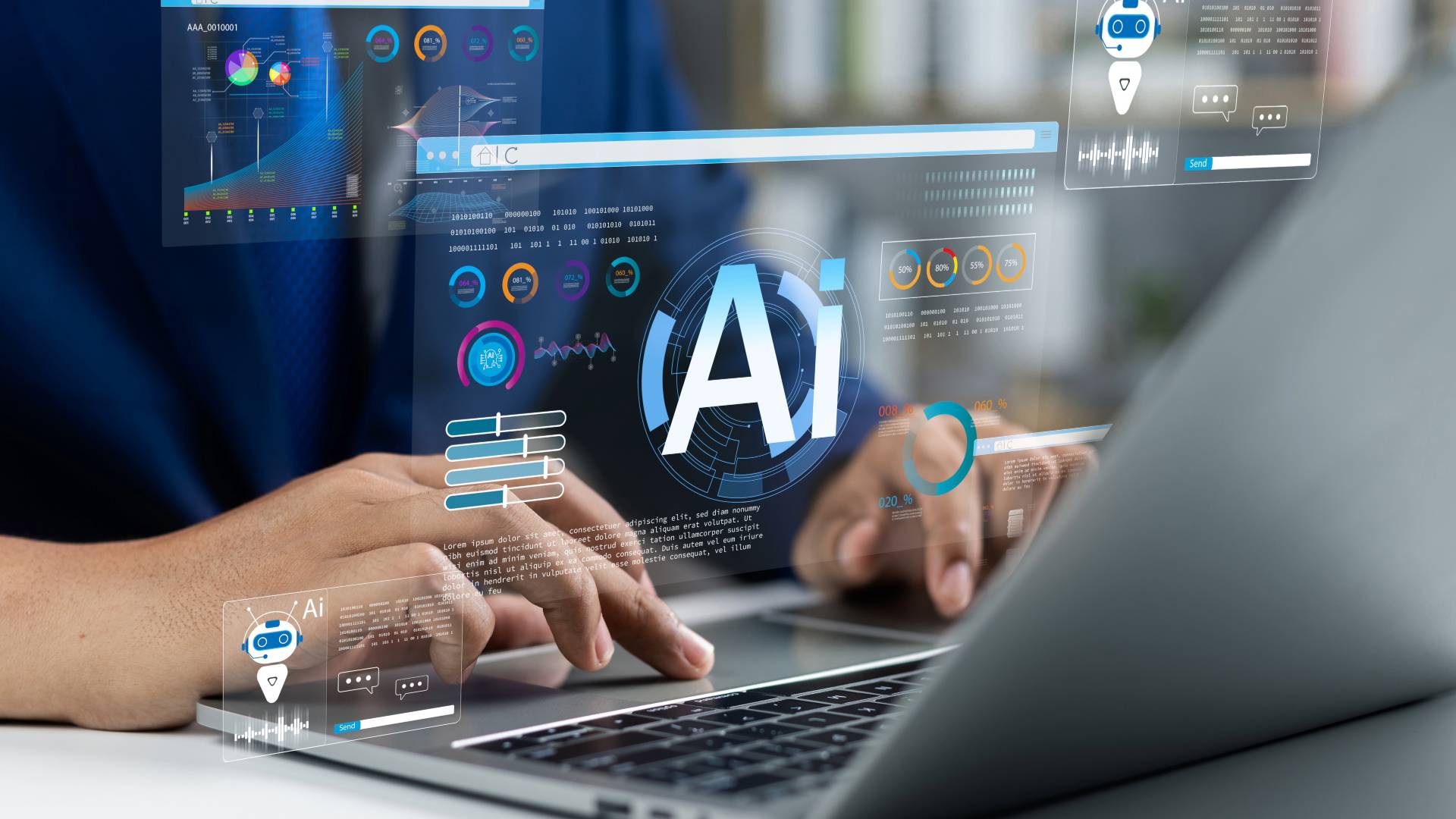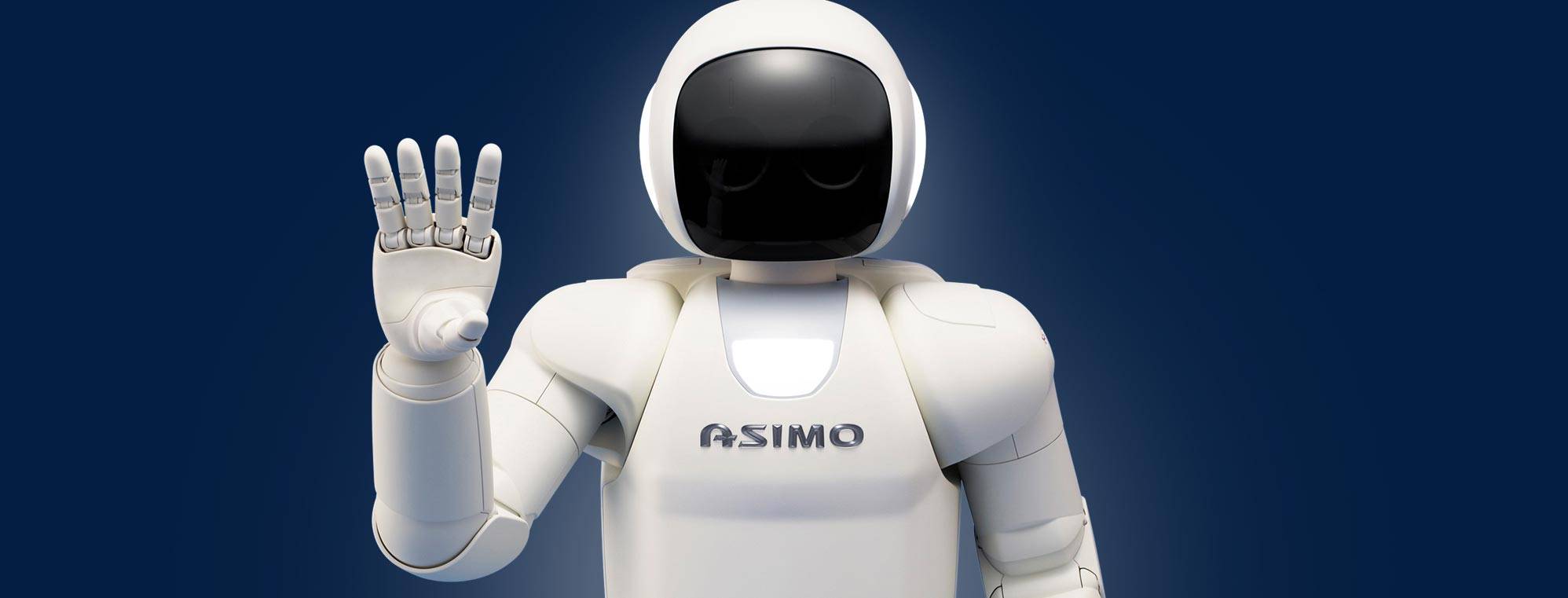How do data analytics and artificial intelligence (AI) intertwine?
In today's world, the relationship between data analysis and artificial intelligence (AI) is increasingly close, defining new frontiers in numerous fields such as medicine, engineering, marketing, among others. So much so that at UDIT we have created the Degree in Data Science and Artificial Intelligence. This intertwining has revolutionised the way data is collected, analysed and used toimprove processes, make informed decisions and ultimately drive innovation. Throughout this article, we will explore the ways in which data analytics and AI complement each other,the challenges they face, and the future potential of this interaction.
Fundamentals and complementarity
Data analytics has traditionally been the process of examining, cleaning and modelling data with the goal of discovering useful information, informing conclusions and supporting decision-making. Artificial intelligence, on the other hand, refers to systems or machines that mimic human intelligence to perform tasks and can repeatedly improve based on the information they gather. When these two fields intersect, the ability to extract knowledge from large volumes of data is dramatically amplified. AI can automate parts of the analytical process and apply advanced techniques, such asmachine learning and natural language processing(NLP), to identify patterns and trends that would be almost impossible for humans or traditional statistical methods to detect. For example, an AI model can learn from a retailer's historical sales data to forecast future demand, adjusting its predictions as it inputs more information.
The Future of AI and Data Analytics
Technological advances
Advances in hardware, such as faster processors and increased data availability, are expected to enable AI to perform more complex analysis in less time. Research into more sophisticated AI techniques, such as deep learning, promises even more innovative and efficient applications.
Social impact
The increasing use of AI and data analytics has the potential to transform entire industries, making them more efficient, sustainable and personalised. However, it is also necessary to address the employment and social implications, such as the possible displacement of jobs and the need for new skills in the workforce.
Practical applications of combining data analytics and AI
Data analytics and artificial intelligence are not only fundamental in theoretical fields or in the development of new technologies, but have very concrete and beneficial applications in everyday life, business and public policy. Let us look at some of these applications to better understand their interrelationship.
1. Health
In the health sector, the combination of AI and data analytics is revolutionising the way diseases are diagnosed and treated. Machine learning algorithms can analyse large volumes of medical data, such as medical records and test results, to identify patterns that would be imperceptible to a human. For example, AI can help predict disease outbreaks, improve cancer diagnosis by interpreting medical images, or personalise treatments for patients based on their genetics and medical history.
2. Finance
The financial sector is another major beneficiary of these technologies. Artificial intelligence systems, powered by big data analytics, are able to detect fraud patterns and perform high-frequency trading operations. In addition, they can personalise services for customers based on their past behaviour and preferences, improving the user experience and operational efficiency of financial institutions.
3. Logistics
In logistics, route optimisation is a clear example of how data analytics and AI go hand in hand. Intelligent systems analyse real-time data on traffic, weather conditions, and customer demand to optimise delivery routes, reducing costs and shipping times. This type of analysis allows companies to be more agile and responsive to changing market needs.
4. Consumer services
Personalising the consumer experience through personalised recommendations is another important application. Platforms such as Netflix and Amazon use AI algorithms to analyse users' purchasing or viewing behaviour and deliver highly personalised recommendations that improve customer satisfaction and increase the likelihood of consumption.
Challenges and ethical considerations
Despite the many benefits, the fusion of data analytics and AI also poses significant challenges, especially in terms of ethics and privacy. The management of large amounts of personal data and automated decision-making can lead to issues of bias, discrimination and privacy violations if not handled with care.
Data biases
One of the most critical problems is data bias. If the data on which an AI system is trained is biased, the decisions the system makes will also be biased. Thiscan result in unfair discrimination and the perpetuation of stereotypes. For example, a hiring algorithm that learns from past hiring histories may develop a bias against certain demographic groups if those groups have been underrepresented or discriminated against in the past.
Data privacy
Privacy protection is another important concern. Analysis of large data sets often involves collecting detailed personal information, which poses significant risks in terms of security and privacy. Companies and organisations must ensure that they comply with data protection laws, such as GDPR in Europe, and employ robust security practices to protect users' data. The interplay between data analytics and artificial intelligence is transforming entire industries, offering significant improvements in efficiency and adaptability. However, it also requires careful and ethical handling of data and technologies to avoid social and legal problems. The key to success in the age of AI will be how societies and businesses manage these challenges, ensuring that the benefits of these technologies are accessible to all and handled fairly and ethically.
Train in data analytics and AI with UDIT
Study at UDIT the Degree in Data Science and Artificial Intelligence with a unique curriculum that delves into the technical side of programming and AI algorithms.You will master the methodologies and tools that are revolutionising companies, accessing environments, tools and libraries such as Anaconda, Python, TensorFlow, MySQL and MongoDB, always under the guidance of working professionals and accompanied by internships associated with real cases. If you are interested in training in the Degree in Data Science and Artificial Intelligence, do not hesitate to contact us. We will help you to resolve your doubts and accompany you in the process of choosing your future.
more information
7 reasons why you should study Data Science and AI. Discover the career opportunities in Data Science and AI.









